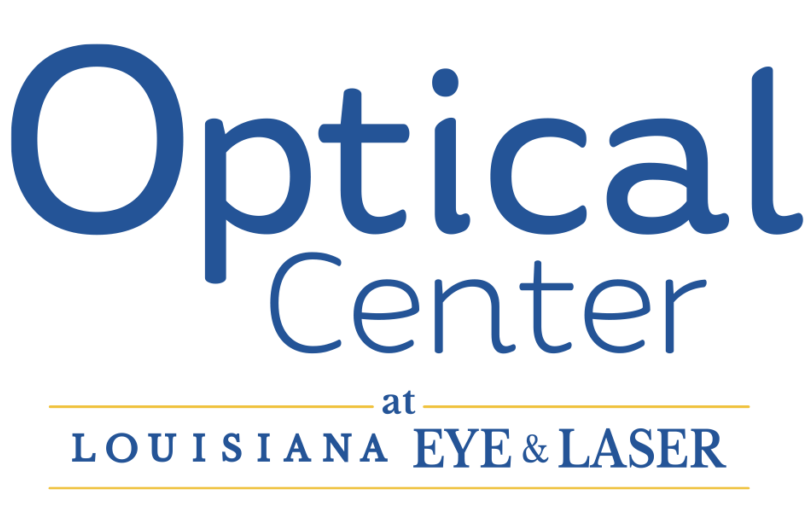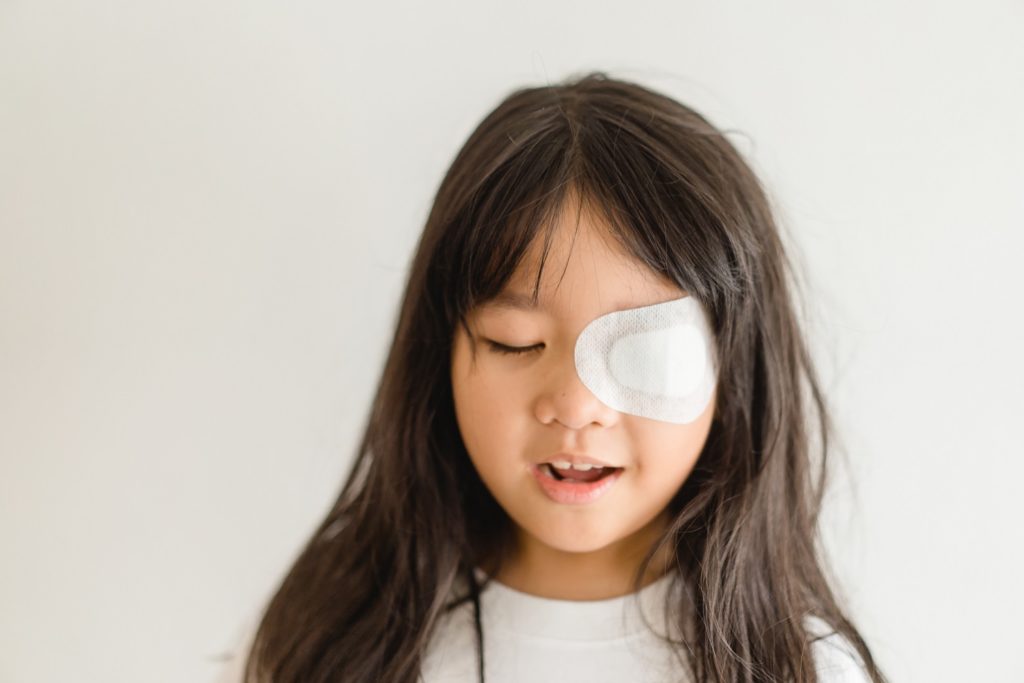Amblyopia, commonly known as “lazy eye,” is a condition that affects vision in one or both eyes. It often begins in childhood and can lead to permanent vision impairment if not treated promptly. This article explores the causes, diagnosis, treatment, and prevention of amblyopia, offering insights into how it can impact vision and daily life.
What exactly is amblyopia?
Amblyopia is a vision disorder where one eye has reduced visual acuity, even with the use of corrective lenses. This condition occurs when the brain favors one eye over the other, leading to the underdevelopment of the weaker eye’s vision.
How is amblyopia different from other eye conditions?
Unlike other eye conditions that are primarily caused by physical defects in the eye itself, amblyopia is a result of the brain not fully recognizing the images seen by the affected eye.
What causes amblyopia to develop?
Amblyopia can be caused by various factors, including strabismus (misaligned eyes), significant differences in prescription between the eyes (anisometropia), or visual deprivation (such as a cataract).
Can adults also get amblyopia?
While amblyopia is most commonly diagnosed in childhood, it can also develop in adults due to uncorrected refractive errors or other underlying conditions.
How is amblyopia diagnosed in children?
Children are typically screened for amblyopia during routine eye exams. The most common test is the visual acuity test, which measures how well each eye can see.
Are there different types of amblyopia?
Yes, there are several types of amblyopia, including strabismic amblyopia (caused by misaligned eyes), anisometropic amblyopia (caused by a significant difference in prescription between the eyes), and deprivation amblyopia (caused by visual deprivation, such as a cataract).
Can amblyopia lead to blindness?
Amblyopia itself does not lead to complete blindness, but it can cause significant vision impairment if left untreated.
How common is amblyopia in children?
Amblyopia is one of the most common causes of vision impairment in children, affecting approximately 2-3% of the population.
What are the earliest signs of amblyopia?
Early signs of amblyopia may include poor depth perception, squinting, or a tendency to tilt the head to see better.
Can amblyopia be corrected with glasses alone?
In some cases, amblyopia can be corrected with glasses alone, especially if the condition is caused by anisometropia.
How effective is patching in treating amblyopia?
Patching is a common treatment for amblyopia that involves covering the stronger eye with a patch to encourage the weaker eye to work harder. It is highly effective, especially when started early in childhood.
Is amblyopia treatment different for adults compared to children?
Amblyopia treatment is generally more effective in children, as their visual systems are still developing. However, adults can still benefit from treatment, especially if the condition is caught early.
Can amblyopia be prevented?
While amblyopia cannot always be prevented, early detection and treatment can help minimize its impact on vision.
Does amblyopia affect both eyes?
Amblyopia can affect one or both eyes, depending on the underlying cause.
How long does amblyopia treatment usually last?
Amblyopia treatment can vary in duration, but it typically lasts several weeks to several months, depending on the individual’s response to treatment.
Can amblyopia recur after treatment?
There is a risk of amblyopia recurring, especially if treatment is not followed as prescribed. Regular follow-up appointments with an eye care professional are essential.
What are the latest treatments available for amblyopia?
Recent advancements in amblyopia treatment include the use of computer-based visual training programs and novel approaches to patching therapy.
Are there any lifestyle changes that help in managing amblyopia?
While there are no specific lifestyle changes that can treat amblyopia, maintaining overall eye health through regular eye exams and proper eyewear can help manage the condition.
Amblyopia is a common vision disorder that can impact individuals of all ages. Early detection and treatment are key to preventing long-term vision impairment. By staying informed about this condition and its treatments, individuals can take proactive steps to maintain their vision health.
External Sources:
- American Optometric Association. (n.d.). Amblyopia (Lazy Eye). https://www.aoa.org/patients-and-public/eye-and-vision-problems/glossary-of-eye-and-vision-conditions/amblyopia
- National Eye Institute. (2021). Facts About Amblyopia. https://www.nei.nih.gov/learn-about-eye-health/eye-conditions-and-diseases/amblyopia-lazy-eye/facts-about-amblyopia





